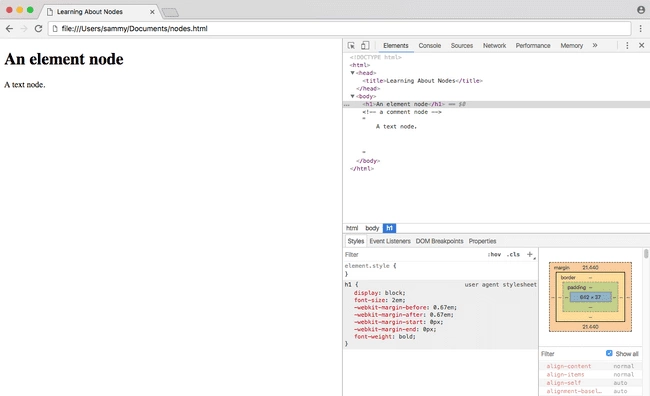232. Implement Queue using Stacks (用栈实现队列)
Implement the following operations of a queue using stacks.
- push(x) — Push element x to the back of queue.
- pop() — Removes the element from in front of queue.
- peek() — Get the front element.
- empty() — Return whether the queue is empty.
Notes:
- You must use only standard operations of a stack — which means only
push to top,peek/pop from top,size, andis emptyoperations are valid. Depending on your language, stack may not be supported natively. You may simulate a stack by using a list or deque (double-ended queue), as long as you use only standard operations of a stack.
You may assume that all operations are valid (for example, no pop or peek operations will be called on an empty queue).
class MyQueue {
private LinkedList<Integer> stack1 = new LinkedList<Integer>(),stack2 = new LinkedList<Integer>();// Push element x to the back of queue.public void push(int x) {stack1.addFirst(x);}// Removes the element from in front of queue.public void pop() {if (stack2.isEmpty()) {for (int i : stack1)stack2.addFirst(i);stack1.clear();}stack2.removeFirst();}// Get the front element.public int peek() {if (stack2.isEmpty()) {for (int i : stack1)stack2.addFirst(i);stack1.clear();}return stack2.getFirst();}// Return whether the queue is empty.public boolean empty() {return stack1.isEmpty() && stack2.isEmpty();}
}



































还没有评论,来说两句吧...